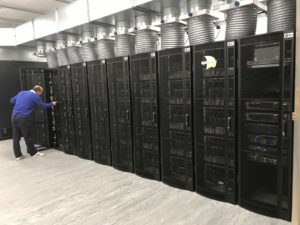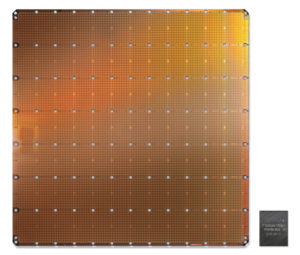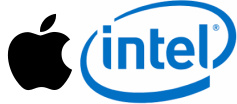Favorable wind keeps blowing for SpiNNaker, a research project led by the University of Manchester (UK) which in November 2018 reached its ambitious goal: a neuromorphic machine containing one million ARM cores, capable of simulating one billion simple neurons in biological real time. This result came after several years of development, as the SpiNNaker project – funded by the European Union – formally began in 2005, with first working silicon delivered in 2011. The second phase of the initiative, called SpiNNaker2, has already been planned, aiming to a 10x boost in performance and efficiency over the first generation. Let’s take a closer look at SpiNNaker (a contraction of Spiking Neural Network Architecture), as it is described in the project’s website and in two papers – here and here – authored by the research group, where many more details can be found.
A novel approach to parallel computing
Led by professor Steve Furber from University of Manchester’s Advanced Processor Technologies (APT) Research Group, the SpiNNaker project is based on a novel approach to parallel computing, placing special emphasis on low power consumption and fault-tolerance. As researchers explained, “SpiNNaker breaks the rules followed by traditional supercomputers that rely on deterministic, repeatable communications and reliable computation. SpiNNaker nodes communicate using simple messages (spikes) that are inherently unreliable.” (…) “Three of the principle axioms of parallel machine design – memory coherence, synchronicity and determinism – have been discarded in the design without, surprisingly, compromising the ability to perform meaningful computations.










